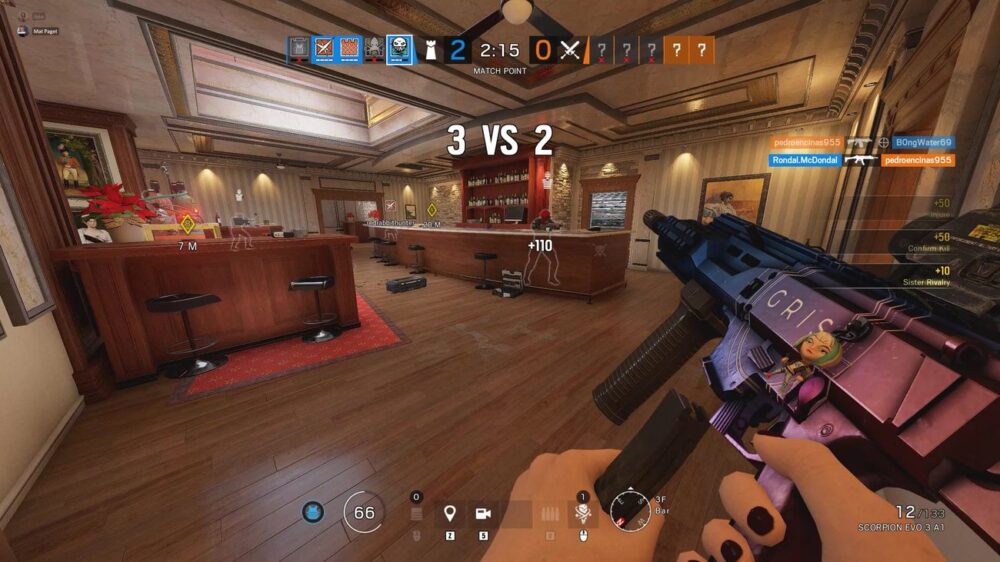In a complex world of competitive games, few titles demand as analytical depth as the siege of the Rainbow Six. Since its launch in December 2015, the game has evolved from a promising tactical shooter into a sophisticated and competitive ecosystem, allowing you to quantify and analyze all your actions, decisions, and results. As someone who has been immersed in both playing and analyzing this incredible game, I have first hand witnessed that statistical analysis has become an integral part of the Rainbow Six Siege Experience.
The importance of tracking and analyzing R6 statistics cannot be overstated in today’s competitive situation. From casual players looking to improve their games to professional teams preparing for major tournaments, statistical analysis offers valuable insight into the areas of performance metrics, tactical effects, and improvement. The development of sophisticated tracking tools and platforms has revolutionized the way players approach the game, transforming raw data into actionable intelligence.
Understanding statistical profiles in the Rainbow Six Siege requires you to exceed the simple kill/death ratio. The game’s unique mechanics and objective-based gameplay mean that traditional FPS metrics tell only part of the story. Winning rates, operator selectivity, plant/defuse success rates, and even specific gadget usage statistics contribute to building a comprehensive image of player effectiveness. These subtle metrics help players identify their strengths and weaknesses across a variety of operators, maps and game modes.
One of the most fascinating aspects of Siege’s statistical landscape is how it reflects the evolving meta of the game. Over the years, there have been dramatic changes in operator pick rates, with new strategies emerging and Delta winning as the balance changes took effect. The introduction of new operators and MAP Reworks consistently reshapes the statistical landscape and creates dynamic environments where adaptability is critical. Analyzing these trends not only help players stay competitive, but also provides valuable insight into the overall health and direction of the game.
The professional scene particularly benefits from the depth of statistical analysis available now. Professional league teams employ dedicated analysts who deliver matching data and study everything from general angles and positioning to utility usage patterns. This level of analysis has improved the competitive scene and led to more refined strategies and counter strategies. The ripple effects of this professional analysis have changed the way even casual players approach the game, with many adopting professional level strategies and setups in their matches.
What really makes the statistical ecosystem of Rainbow Six Siege is its community-driven nature. Third-party tracking websites and applications have become essential tools for the player base, providing an increasingly sophisticated way to analyze and visualize performance data. These platforms evolve beyond simple statistical tracking and include features such as historical trend analysis, comparative player rankings, and even predictive performance modeling.
The role of statistics in the Rainbow Six Siege goes beyond individual performance tracking. For example, map statistics provide important insights into balanced levels of design and competitive viability. The Defense/Attack Winning Rates at various sites and levels help both players and developers understand the competitive balance of the game. This data-driven approach to game design has been important for years to keep Siege competitive.
Looking at the future of Rainbow Six Siege, the importance of statistical analysis is merely growing. Machine learning and AI are beginning to play a greater role in the analysis of player data, providing unprecedented insights into gameplay patterns and strategic opportunities. The next frontier of Siege Statistics may include real-time analytics and adaptive coaching systems, further revolutionizing the way players approach improvements and competitive play.
For those considering improving the game, understanding and use of statistical analysis is just as important as mechanical skills and map knowledge. The ability to critically analyze your own performance data, identify playstyle patterns, and make data-driven adjustments to your approach can be the difference between stagnation and improvement. In this respect, Rainbow Six Siege really stands out as a game where intellectual approach and analytical thinking are just as valuable as raw gaming skills.

